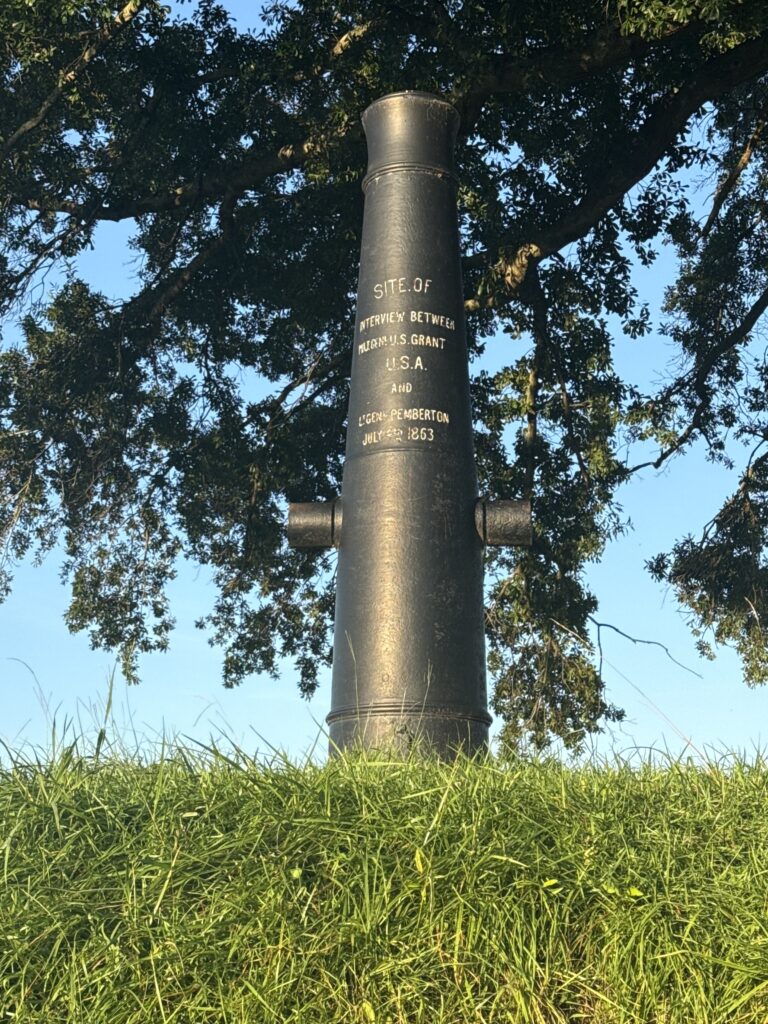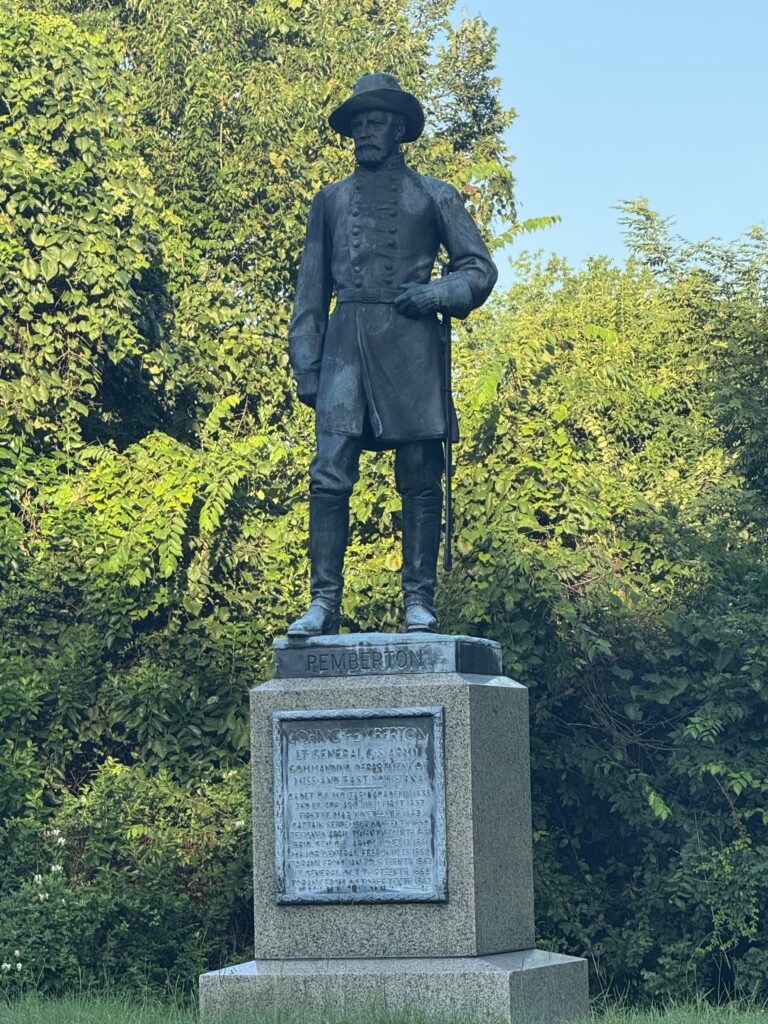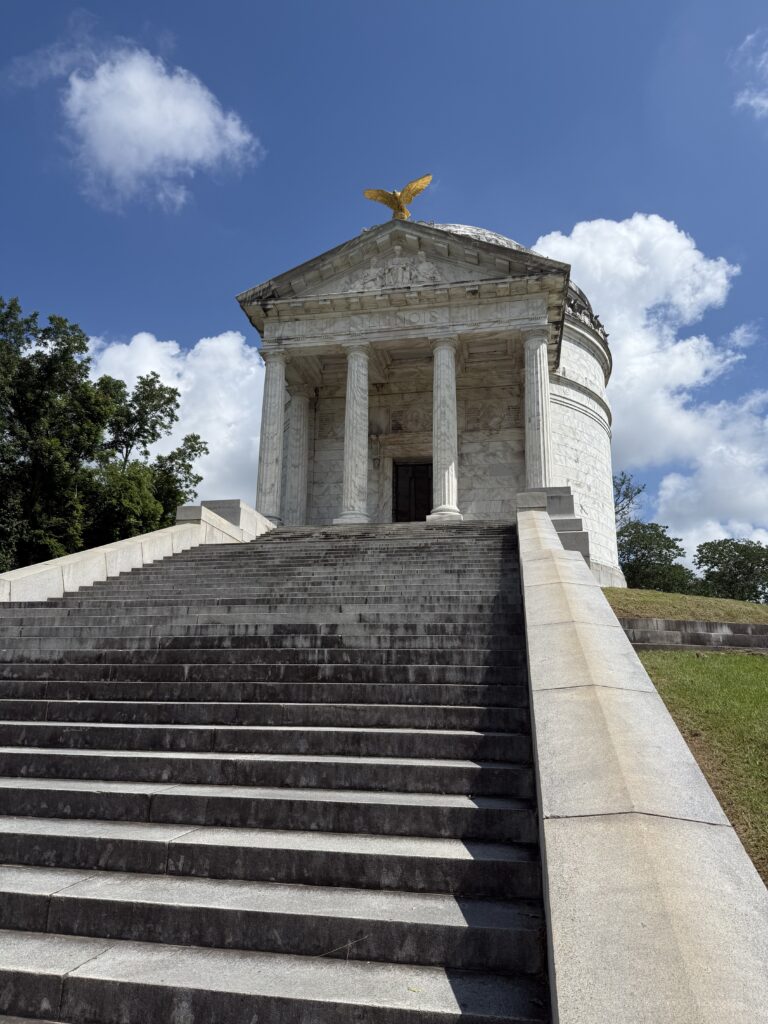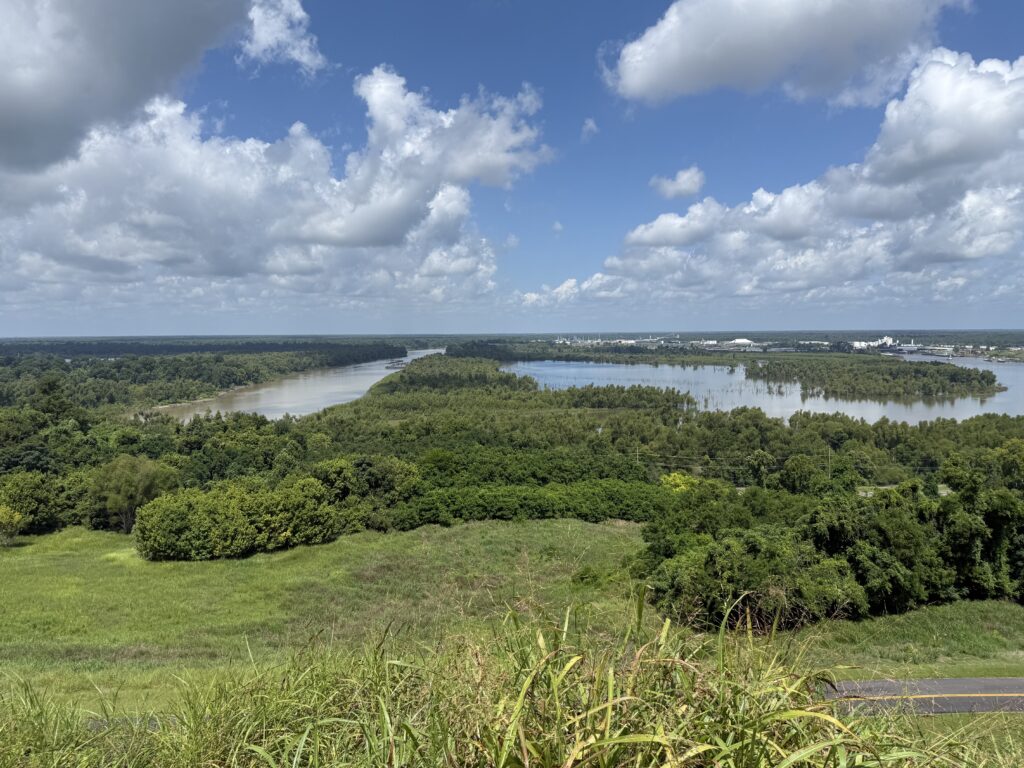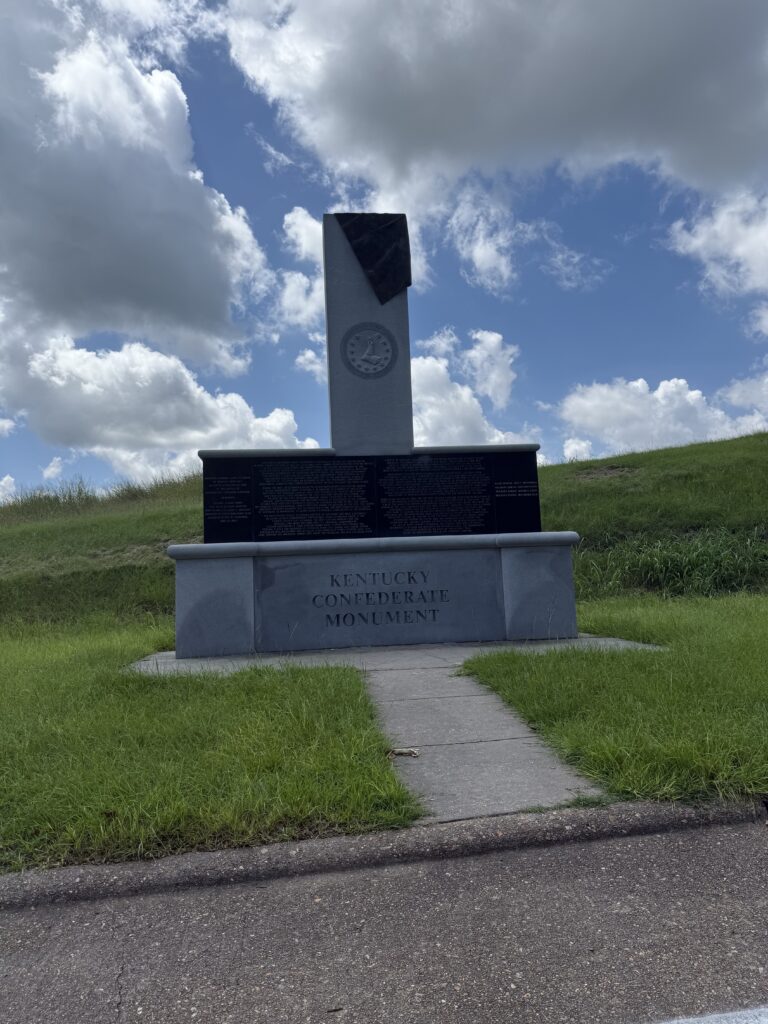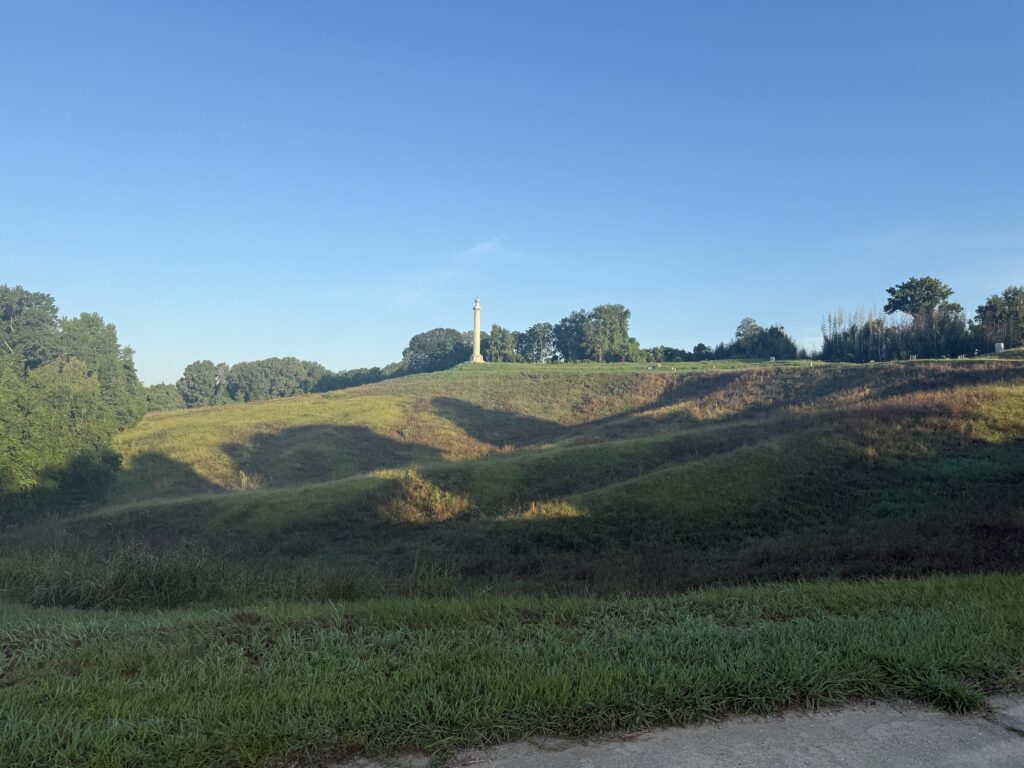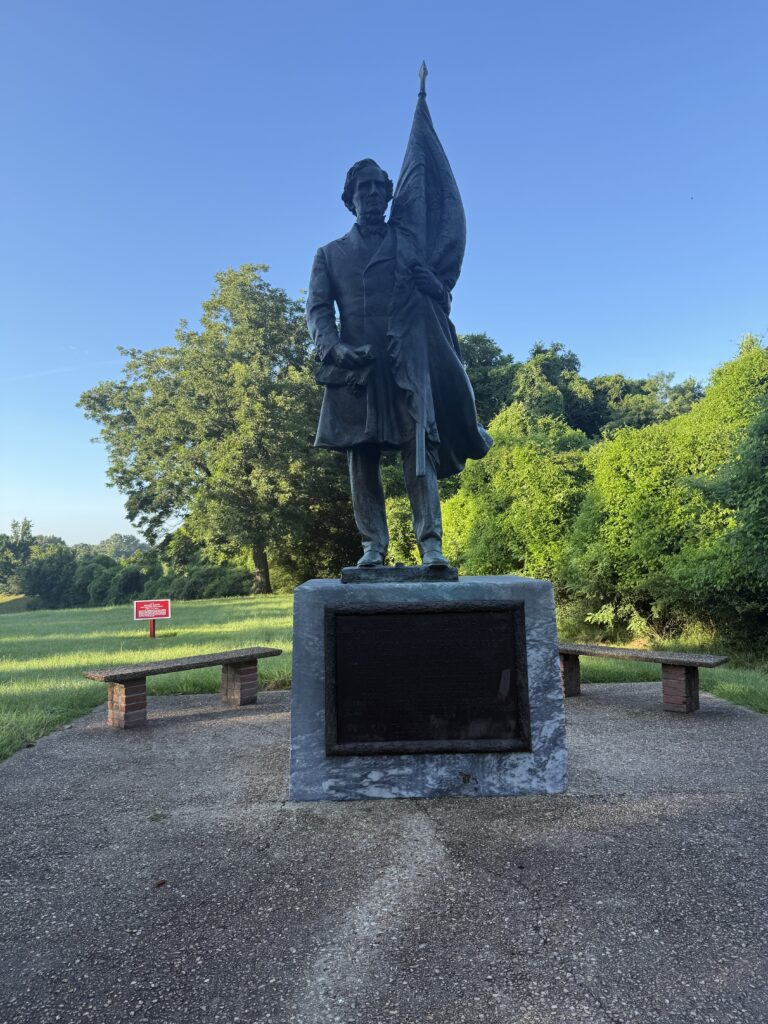SUNDAY, July 6th “Californiaaa”
12pm - Touch down at SFO
12:45pm - 1:20pm - Drive around the Mission District to look for parking (this is a great way to intimately get to know about a 6 block radius). One of us has to stay behind to pump milk (new mom alert!) and then subsequently dump it out into the gutter behind our parked car. This feels very San Francisco to us. No further questions!
1:30pm - Arrive at Bernal Cutlery and are greeted by Gil Levy, Chez Panisse alum and the man behind their legendary conservas curation. There is truly every type of knife you could ever need and so many that you may never use but deeply desire. Walls of perfectly refurbished vintage knives side-by-side with shining new Friedr Herder blades, laid out on plush felt pads to hold in your hand like it’s a high-end jewelry store. Electric.
Things that caught our eye:
2pm - On our walk to lunch, we stumble upon the San Francisco Poster Syndicate installing a new mural and handing out posters which we each get to take home for a small donation.
2:30pm - Chorizo burritos from La Oaxaqueña on Mission St. eaten while overlooking the skyline in Dolores Park surrounded by off leash dogs and sun-burned butt cheeks. A close-up magician emerges through a cloud of weed smoke to offer a private show and, don’t worry folks, he takes Venmo.
3pm - A quick coffee tasting at Fellow (a few doors down from Bernal on Valencia) to shake off the cobwebs and get ready for the road. This is more like an art gallery than a coffee shop and Jon is a curator at the top of his game. A must-stop for any bean geek.
3:30pm - Drive to Napa. ETA 1 hour and 15 minutes Listen to our playlist here!
7pm - Dinner at Ad Hoc
Gracious and all-knowing General Manager, Dan, fluently guides us through the daily changing menu. He’s been in the Thomas Keller universe for 18 years and effortlessly exudes the hospitality the TKRG is known for. Fun fact: he is also an artist and created the famous pig logo for the restaurant and was asked to make the drawings seen in the Ad Hoc cookbook!
What is so amazing about Ad Hoc is how they serve their prix fix menu family style, using world-class ingredients and hospitality that makes you feel exceedingly special, yet is how they treat every single guest. It feels like a neighborhood spot where you could easily become a regular. As if this could and should be done everywhere around the country… Alas, it cannot be replicated.
—
First Course - Tequillaberry Salad (paired with Jasper Hill 18 month aged clothbound cheddar, local fig jam on toasted bread from Bouchon Bakery)
Main Course - New York Strip Steak with horseradish cream and au jus, buttered peas and carrots, and an insane creamed corn made with the marrow of the corn cob. And the Fried Chicken add-on, of course.
Dessert - Vanilla soft serve with a trio of chocolate sauce, butterscotch, and strawberry preserves and homemade chantilly cream.
8:30pm - An unnecessary nightcap at RO next door so that we can say we got our passports stamped at every TKRG spot in town. Uni toast and cornets topped with Osetra caviar, two glasses of Modicum Blanc de Blanc. Still water for the table. We’ve gotta go.
9:30pm - Fumble around with the rental car to figure out how to turn the headlights on (Why do they keep changing cars? We figured this out already!) Pit stop for cans of Red Bull. Drive back to Napa with our high beams on.
Good night.
Subscribe now
MONDAY, July 7th “Laundry Day”
4:45am - East coast hours wake up call, fresh as daisies. Might miss one meeting or two. Spend the morning working from the airbnb and eating leftover Ad Hoc fried chicken over the sink.
10:30am - Breakfast at Bouchon bakery. Plain croissants, kouign amann, ham and cheese baguette, iced beverages.
11:45am - Arrival at The French Laundry. We’re greeted by Sous Chef Tim Chiang who gives us a tour of the restaurant with the sweetest smile. He whisks us through hidden doors, the dining rooms, The Kitchen To End All Kitchens, the wine room, and the China room where their entire collection of beautiful dinnerware is stored in cling-wrapped stacks, waiting to be chosen for one of the many courses each night.
The French Laundry…
Around the farm, we call it "dropping the F-bomb". We've had the privilege of working with Chef Thomas Keller for over 20 years, a relationship that still leaves us wordlessly, utterly grateful. It's still our most powerful testimonial; so potent that it is likely the reason why many of us at Island Creek have jobs.
As farmers and purveyors, we're in an endless cycle of growing food and then letting it go. Once it's out of our hands, we're left hoping that our efforts and intentions are not only honored by the chefs who serve it, but felt by the person who eats it. The French Laundry sets the bar for how every farmer would hope their product is treated.
12pm TRAINING TIME
Marisol Bradford, our fantastic National Sales Manager, leads a staff training in the dining room, spilling the details into what makes an Island Creek, an Island Creek; how merroir shapes our oysters in just the right way for use in the iconic dish, Oysters and Pearls. It’s moments like these, having the privilege to share our passion with others who are at the top of the game, that makes it all worth it.
1pm - PHEW, the nerves are starting to dissipate. The most intimidating part of our trip is now behind us. Chef Tim gives us a tour of The French Laundry Culinary Garden across the street. It’s a wonderland of stunning flowers, thirsty bees, crawling vines, and row upon row of succulent berries, cucumbers, artichokes, and long beans.
Chef Tim reaches down to pick each of us a strawberry that proceeds to change every single one of us on a cellular level. The Mara de bois strawberry; so juicy, sweet, flavorful. A naughty little berry that we’ll never forget. We crave her, still.
4pm - Dinner time at The French Laundry! As parents to young children (minus Marisol) who are still on east coast time, we are PUMPED for this early reservation. We fantasize about what movie we’ll watch when we get back to the Airbnb after dinner.
I mean, what can we really say about this dining experience that will do it justice or hasn’t been said a million times over? It was exquisite, thrilling, beautiful, abundant. Yes the food and the wine are incredible, but the service is what takes it to the next level. This is hospitality at its finest where every night is the Superbowl.
An often overlooked element in accounts of the storied service at The French Laundry is the music. On the night we dined, it was a perfect blend of dad rock, yacht rock and under-appreciated hits from years gone by. The music curation throughout our dinner was either a sly wink from the universe letting us know this was exactly where we were supposed to be or some KGB-level hospitality involving scraping our Spotify and creating the ultimate playlist made just for us, for one night only. I guess we’ll never really know—another myth added to the TKRG lore.
Our inside joke of the evening was that we were waiting for the deviled egg course. 15 minutes later, we were presented with DEVILED QUAIL EGGS on a platter with three perfect divots for the three of us at the table. We laughed a lot at this. We also marveled at how they managed to pull off such a random request, without flaw, on top of regular service, in a few minutes. It was a once in a lifetime experience made even more special by enjoying it (with uncontrollable giggles) together.
Leave a comment
Tuesday, 7/8 “Body by Bouchon”
10am - Breakfast at Bouchon Bakery (again). No shortage of gluten on this trip. We ordered baguette sandwiches, the TKO (Thomas Keller Oreo), chocolate cake, two cheese rolls, a soft pretzel with mustard, and iced coffees. There are still only three of us on this trip, mind you.
Shopping at Finesse (Chef Keller’s retail storefront) - Nate got Mara de bois strawberries and chocolate bars, Marisol got a French Laundry thermos and tote, Michelle got a Surf Club candle and a signed Ad Hoc cookbook.
12pm - Arrive at Bouchon Bistro to record an interview with Chef de Cuisine Ryan King and Marisol all about our years-long relationship and the four things he looks for in a perfectly shucked oyster. Video and Substack are coming soon!
1pm - Marisol dazzled the staff with her oyster knowledge, while we shucked Ninigret Nectars from RI, Shandaphs from Nova Scotia, and Aunt Dotties from our farm in MA. We sampled tinned fish and someone snagged an epi baguette from the Bakery to sop up the residual sauces.
2:15pm - Pit stop at Honor Market for a cold beverage for the drive home, where we are greeted with a FREE HOT DOG, furthering the tradition of eating processed pork products ahead of a Michelin star meal.
5:30pm - Dinner at Bouchon Bistro. We made it to the final dinner in Yountville! We are joined by one of Marisol’s former coworkers from her time with the Barbara Lynch restaurant group in Boston, and her 1.5 year old son, Jameson who sits at the head of the table in a highchair.
We toast to our last night with bubbles. Upon setting down my glass I immediately tip it over, spilling Champagne all over the table, floor, and just narrowly missing the patron sitting to my right. By the grace of Bacchus, the glass did not shatter and we were able to dab up the puddle without a single server noticing. The most discreet Champagne spill to ever occur on planet Earth.
That feels like the perfect place to end this recap. Dinner was a delightful binge of tartare, pâté, fried pig’s ears, Elysian Farms lamb, profiteroles, baguettes… The champagne might’ve spilled but we made the most of it, laughing along the way with full bellies and stories to tell.
Next stop - LOS ANGELES!
Subscribe now
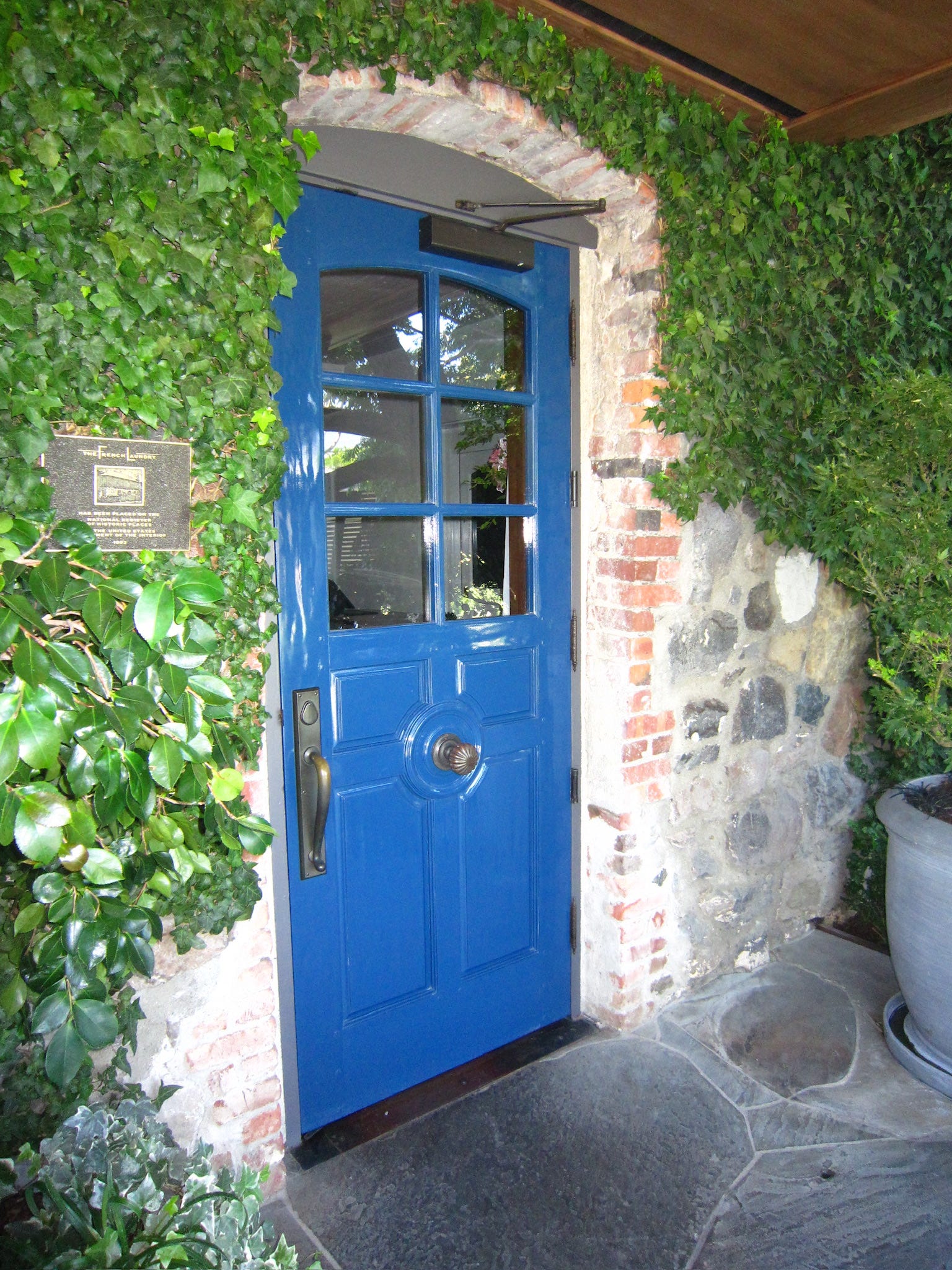
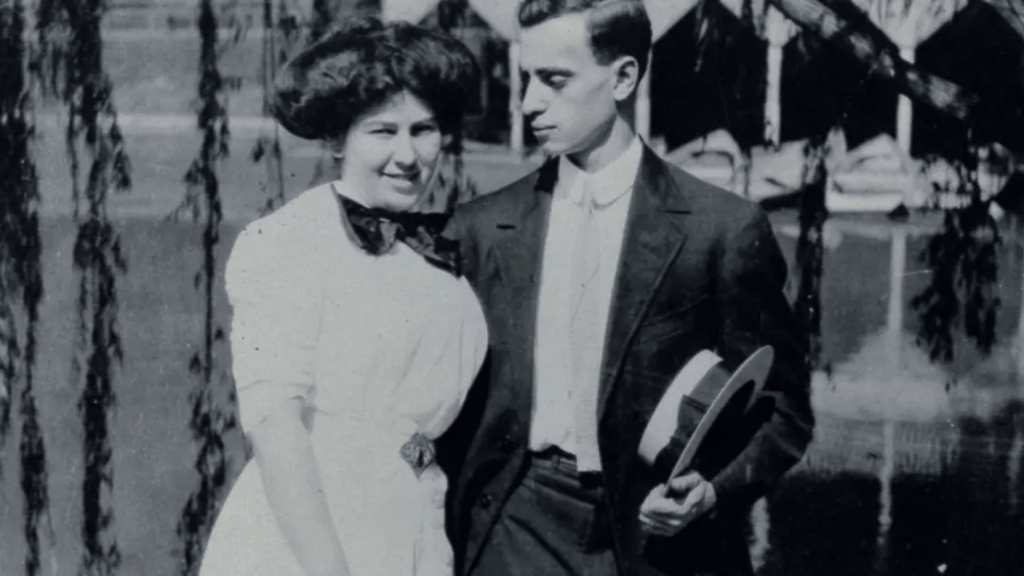

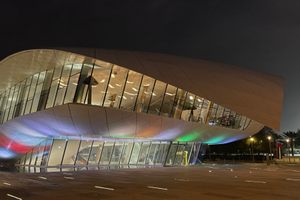




 Narince
Narince



